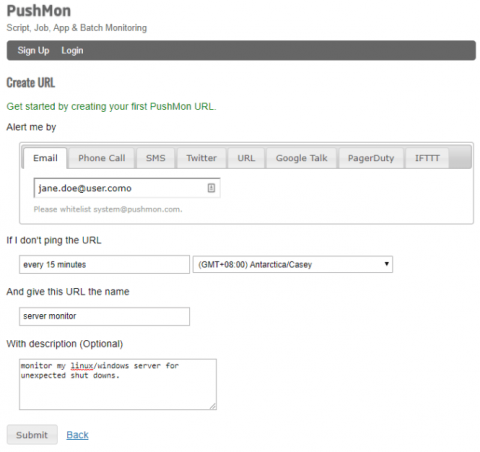Data Snapshot: How well equipped are businesses to bounce back from disaster?
Disaster recovery involves planning for the worst so organizations can quickly bounce back from a disruptive event. To prepare for hardware failure, power outages, human error, natural disasters — or whatever type of disaster life has in store — companies should put together a disaster recovery plan that identifies risks and outlines steps to mitigate them. For example, to minimize downtime, companies might regularly back up important data and set up redundant offsite infrastructure.










